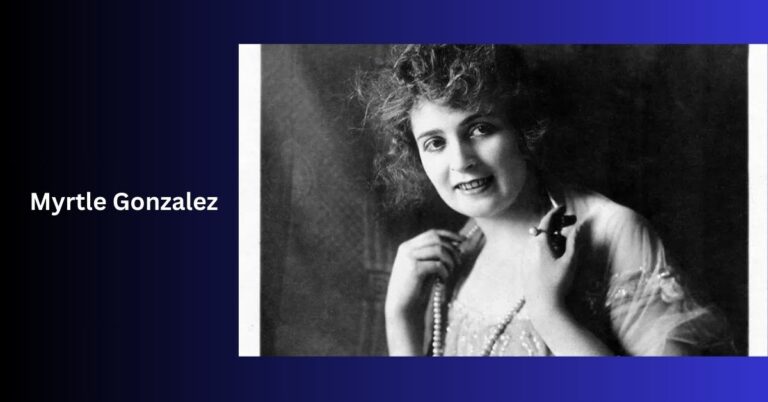7 Certain Situations You May Consider Spinal Decompression Therapy
Have you experienced persistent back pain that doesn’t seem to go away? You’re not alone. Millions struggle with chronic back pain and seek effective solutions.
One viable option is spinal decompression therapy. It is a non-invasive treatment designed to relieve pressure on the spine. However, how do you know if this therapy is right for you?
Let’s explore seven certain situations where spinal decompression therapy could be beneficial. In doing so, you can make an informed decision about your health. Keep on reading!
1. Chronic Back Pain
A common issue that many people face is chronic back pain. It can make day-to-day living challenging for months or even years. Herniated discs, bad posture, and degenerative disc disease are common causes. People may feel frustrated and limited in their activities as a result of the pain interfering with their work, hobbies, and family time. Simple tasks like bending, lifting, or even sitting for long periods can become challenging and exhausting.
The non-invasive treatment for this pain is spinal decompression therapy. It helps relieve pressure on spinal discs and nerves by gently stretching the spine. In injured areas, this procedure can encourage healing and increase blood flow. Research shows that many individuals with chronic back pain report significant improvements in their pain levels and overall mobility after undergoing this therapy.
With less pain, patients often regain the ability to participate in activities they once enjoyed. They can return to exercising, spending time with family, and performing daily tasks more easily. Overall, spinal decompression not only helps reduce physical discomfort but also enhances emotional well-being, giving people the freedom to live more active and fulfilling lives.
2. Herniated Discs
When a spinal disc’s soft, jelly-like core pushes through its harder outer layer, it can cause a herniated disc. Injury, aging, or even repetitive motions like lifting heavy objects can cause this. The disc may press on surrounding nerves when it protrudes, resulting in tingling, numbness, or severe pain in the arms or legs. In extreme situations, it can even result in muscle weakness, which makes it nearly impossible to perform daily activities like lifting, bending, or walking.
Spinal decompression therapy is a non-surgical treatment designed to help with this condition. It gently stretches the spine, creating more space between the vertebrae. This reduces pressure on the herniated disc and allows it to retract, easing the strain on nearby nerves. As the pressure decreases, blood flow improves, helping the disc heal over time.
Many people who try spinal decompression therapy experience a noticeable reduction in pain and a return to normal activities. They report feeling more mobile and less restricted in their daily routines. If you have a herniated disc, it’s important to talk to a healthcare professional to determine if this therapy is a good fit for your specific needs.
3. Sciatica
Sciatica causes a sharp, shooting pain that travels down one or both legs, usually starting from the lower back. This pain happens when the sciatic nerve, the largest nerve in the body, gets compressed or irritated. Common causes include herniated discs, spinal stenosis, or even muscle tightness pressing on the nerve. The pain can range from mild to severe and may also come with numbness, tingling, or weakness in the leg or foot. Simple actions like standing up, walking, or sitting for too long can become very uncomfortable.
Spinal decompression therapy offers a non-invasive way to help with sciatica. By gently stretching the spine, this treatment creates more space for the sciatic nerve, relieving pressure and irritation. This helps reduce inflammation and allows the nerve to heal naturally. Studies show that many people with sciatica report noticeable pain relief and better mobility after a few therapy sessions.
With less pain, individuals often find it easier to return to their normal routines. They can walk, bend, and sit more comfortably, which greatly improves their quality of life.
4. Failed Back Surgery Syndrome
Not all back surgeries provide the desired relief. Some people continue to experience pain even after surgery, a condition known as Failed Back Surgery Syndrome (FBSS). This ongoing pain can be frustrating and disheartening, leaving patients searching for alternative solutions.
Spinal decompression therapy offers a non-surgical option for those with FBSS. By reducing pressure on the spine and promoting better blood flow, this therapy helps manage pain and supports healing. Many patients who try spinal decompression report feeling more comfortable and better able to handle daily tasks.
5. Degenerative Disc Disease
Degenerative disc disease happens when the spinal discs lose their cushioning over time. This wear and tear can lead to pain, stiffness, and reduced flexibility. Simple movements like twisting or bending may cause discomfort, making it harder to stay active.
Spinal decompression therapy can improve blood flow and bring essential nutrients to the damaged discs. This helps reduce pain and slow further degeneration. In studies, patients with this condition often report feeling less pain and more mobility after therapy sessions.
6. Spinal Stenosis
Spinal stenosis refers to the narrowing of the spaces in the spine, which can compress nerves and cause pain, numbness, or weakness, especially in the legs. This condition can make walking or standing for long periods difficult.
Spinal decompression therapy helps by creating more space in the spinal canal and relieving nerve pressure. Many people with spinal stenosis find that this treatment improves their symptoms, making it easier to stay active and enjoy a better quality of life.
7. Sports Injuries
Athletes frequently face back and spinal injuries due to high-impact or repetitive motions. These injuries can cause pain, limit performance, and slow recovery times, keeping them off the field or court.
Spinal decompression therapy helps by reducing inflammation and promoting healing in the injured areas. Improved blood flow brings necessary nutrients to the spine, speeding up recovery. Athletes often find that this therapy allows them to return to their sport faster and with less pain.
If you resonate with any of these situations, why not seek professional advice? Many practitioners offer consultations to determine the best treatment tailored to your needs, including innovative techniques like the ring dinger that can enhance your spinal health.
Certain Situations on When to Consider Spinal Decompression Therapy
Understanding the certain situations that can benefit from spinal decompression therapy is crucial for anyone considering this treatment option. Whether you’re dealing with chronic pain, herniated discs, or the aftermath of a sports injury, this therapy can play a significant role in your recovery process.
Have you found this article informative? If so, visit our blog for more aside from spinal decompression therapy.





